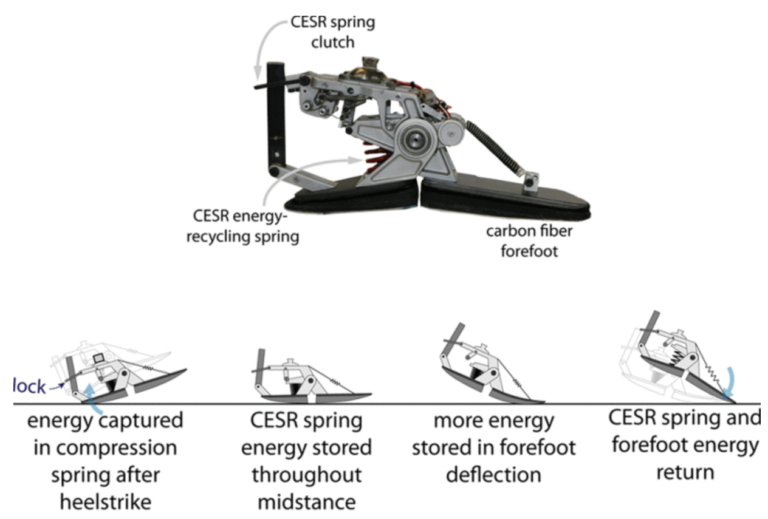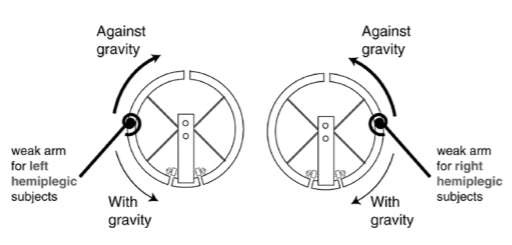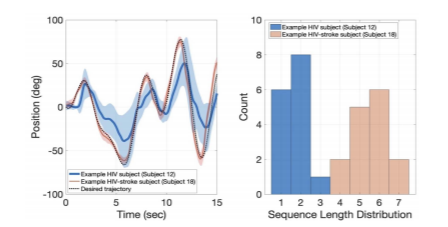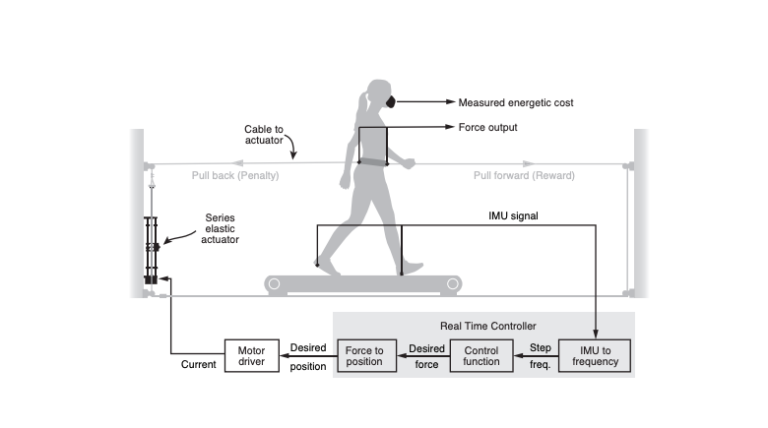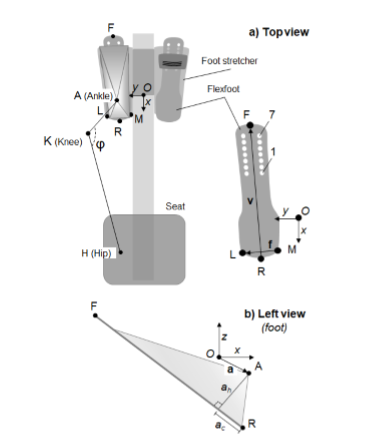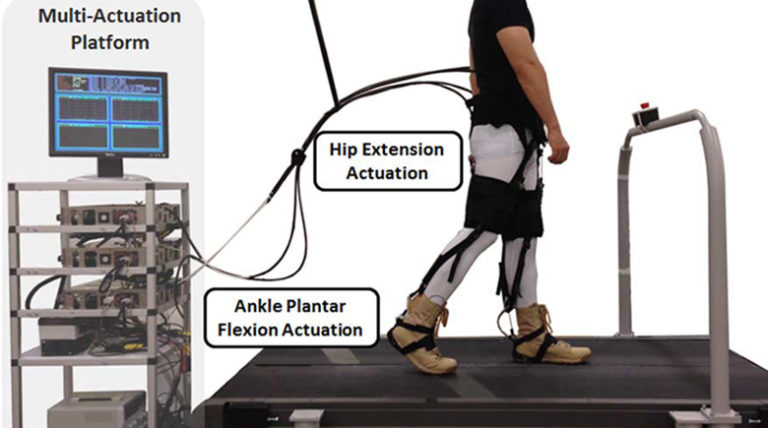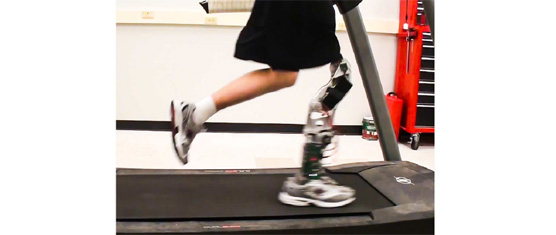Lower-limb amputees expend more energy to walk than non-amputees and have an elevated risk of secondary disabilities. Insufficient push-off by the prosthetic foot may be a contributing factor. We aimed…
read moreAbstract:Stroke is the leading cause of disability among adults in the United States. Behaviors such as learned nonuse hinder hemiplegic stroke survivors from the full use of both arms in…
read moreThere is a pressing need for strategies to slow or treat the progression of functional decline in people living with HIV. This paper explores a novel rehabilitation robotics approach to…
read moreMusculoskeletal disorders and injuries are one of the most prevalent medical conditions across age groups. Due to a high load-bearing function, the knee is particularly susceptible to injuries such as…
read moreA general principle of human movement is that our nervous system is able to learn optimal coordination strategies. However, how our nervous system performs this optimization is not well…
read moreFunctional electrical stimulation of lower limb muscles during rowing provides a means for the cardiovascular conditioning in paraplegia. The possibility of shaping stimulation profiles according to changes in knee angle,…
read moreTo understand the effects of soft exosuits on human loaded walking, we developed a reconfigurable multi-joint actuation platform that can provide synchronized forces to the ankle and hip joints. Two…
read moreAbstract This paper presents a running control architecture for a powered knee and ankle prosthesis that enables a transfemoral amputee to run with a biomechanically appropriate running gait and to intentionally transition between…
read more
